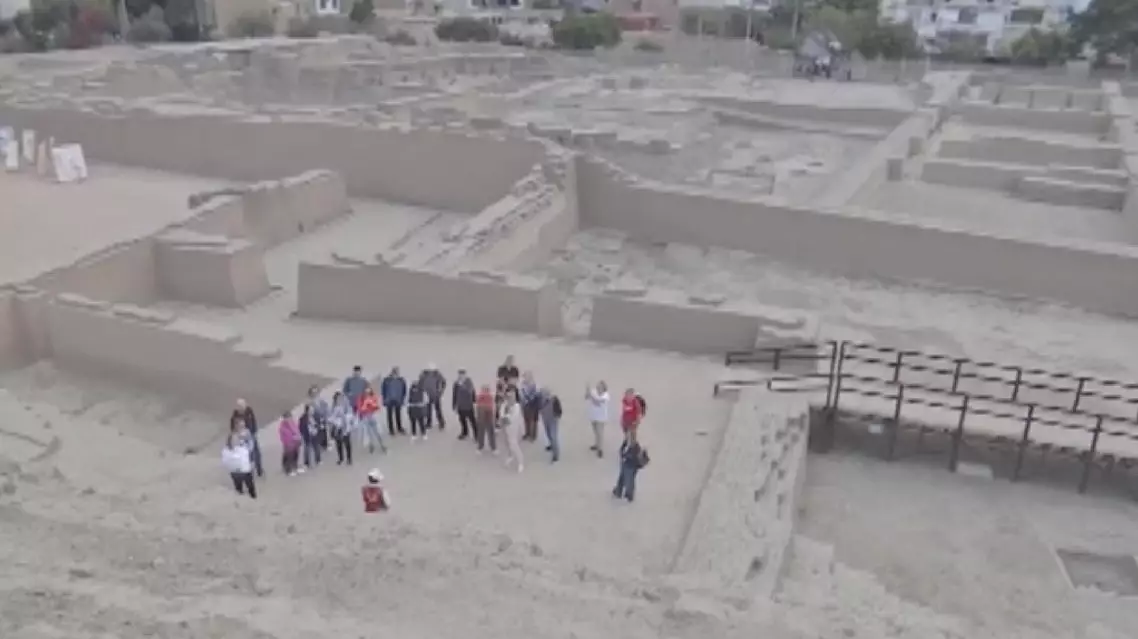China on Wednesday rolled out tax policies to support the steady and healthy development of the real estate market.
Individuals either purchasing first residence or second home, as long as the property size does not exceed 140 square meters, will now pay a uniform 1 percent deed tax, according to a joint statement issued by the Ministry of Finance, State Taxation Administration and the Ministry of Housing and Urban-Rural Development.
The expansion of the eligibility for the lower tax rate to include apartments up to 140 square meters is expected to better support people's basic housing needs and their wishes to improve living conditions, according to the statement.
Meanwhile, in regions where the distinction between ordinary and non-ordinary housing has been abolished, individuals who have owned a property for two years or more will be exempt from paying value-added tax when selling their homes regardless of their property types.
Houses over 144 square meters are usually classified as non-ordinary housing and face higher transaction tax rates.
The new policy will also uniformly lower the minimum prepayment rate for land appreciation tax by 0.5 percentage points across all regions, so as to alleviate financial difficulties of real estate companies.
The State Taxation Administration previously outlined a tiered system for prepayment rate for land appreciation tax, setting the minimum rate at 2 percent for eastern regions, 1.5 percent for central and northeastern regions, and 1 percent for western regions.

China launches tax policies to support property market
Despite being separated by vast oceans and thousands of years, the ancient civilizations of China and Peru share a profound connection - a deep respect for the natural world.
In Lima, the Huaca Pucllana, a pre-Inca ceremonial site, stands as a testament to this ancient reverence. Built 1,500 years ago to honor the Apu, or "God of the Sea," it reveals the importance of the ocean to early cultures.
"I think most cultures are connected to nature, especially true for Lima culture located just two kilometers from the sea. Symbols like the shark are prominent in the rituals. They would strike the shark's head with a stone to break the vessel as an offering," said Gladys Paz Flores, archeologist.
This reverence for nature echoes across the Pacific to the ancient Shu people of southwest China. In Chengdu City, once the heart of the ancient Shu kingdom, the Jinsha archaeological site reveals intricate artwork and rituals dedicated to nature.
"The Sun and Immortal Birds [is] a powerful symbol of sun worship. Similarly, in Peru, Inca rulers called themselves 'descendants of the sun' and built temples in its honor. It's magical," said Wang Fang, deputy director of Jinsha Site Museum.
For the first time, that magic is being shared with Peru at a joint exhibition, where some selected artifacts from the ancient Shu civilization, dating back over 4,000 years, are displayed at the Inca Museum in Cusco, in southeastern Peru.
The connection to nature continues to resonate in Peru today. Clara Suyo from Peru's southern basin is proud to showcase her heritage at the APEC 2024, which is underway in Peru.
"This textile reflects the songs of journeys along the riverbanks. Our textiles are passed down from the Inca times. They're deeply connected to Pachamama, our Mother Earth," she said.

Ancient civilizations of China, Peru share deep reverence for nature










